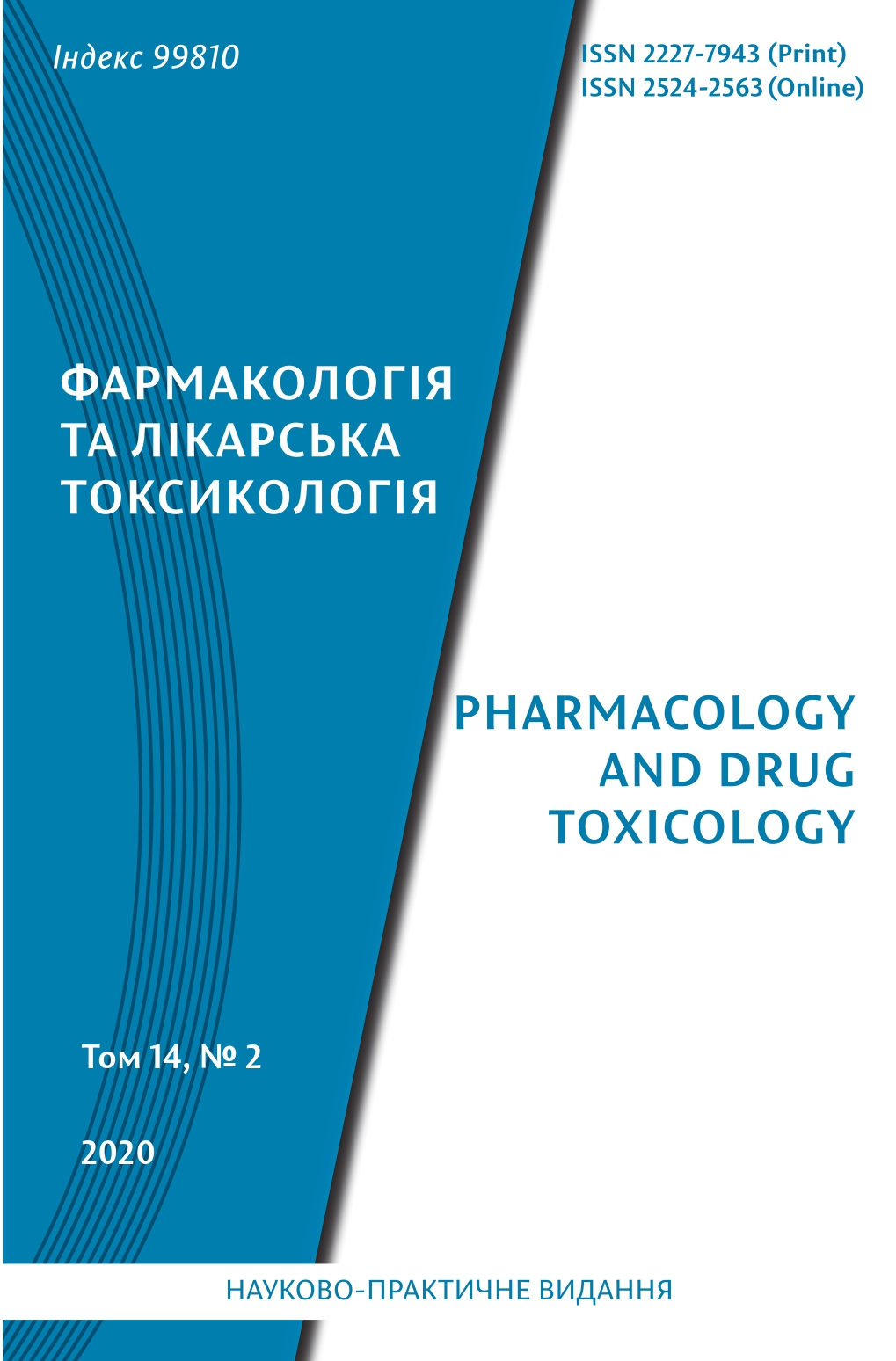Abstract
Anxiety disorders are a widespread and growing problem of healthcare across the world. According to WHO data, neurosis and psychopaties are observed in 5–15 % of world population. In developed countries, about 20 % of population take anxiolytics permanently, and 30 % periodically. According to the WHO data it should be noted, that those pathologies affect different segments of population, from pediatric to geriatric population. Therapy of such nosologies imposes great loses on both individuals and society. 3-(41-Methoxyphenyl)-(6,7,8,9-tetrahydro-5H-[1,2,4]triazolo[4,3-a]azepine-3-yl-methyl)-аmine was obtained by condensation of 2-methoxy-3,4,5,6-tetrahydro-7H-azepine with (4-methoxyphenylamino) acetic acid hydrazide and further cyclization of the intermediate product. 3-Aryl-1-(41-methoxyphenyl)1-(6,7,8,9-tetrahydro-5H-[1,2,4]triazolo[4,3-a]azepine-3-yl-methyl)-urea derivatives were obtained by condensation of 3-(41-methoxyphenyl)-(6,7,8,9-tetrahydro-5H-[1,2,4]triazolo[4,3-a]azepine-3-ylmethyl)-аmi ne with appropriate arylisocyanates in dry benzene medium. The aim of the study – to synthesize and study an anxiolytic activity of 3-aryl-1-(41-methoxyphenyl)1-(6,7,8,9-tetrahydro-5H-[1,2,4]triazolo[4,3-a]azepine-3-yl-methyl)-urea derivatives in comparison with known drugs diazepam and gidazepam on the stage of primary pharmacological screening. Tranquilizing activity of compounds was evaluated on models of «open field», «corazol convulsions» and «wire test» on mice, after administration at doses, equimolar to ED50 of diazepam. Diazepam (2 mg/kg) and gidazepam (2 mg/kg) were used as referent compounds. There were established, that 3-aryl-1-(41-methoxyphenyl)-1-(6,7,8,9-tetrahydro-5H-[1,2,4]triazolo[4,3-a]azepine-3-yl-methyl)-urea derivatives are characterized by anticonvulsant and anxiolytic activity. The absence of muscle relaxant effect and absence or moderate inhibition of horizontal activity, suggest the absence of GABAergic component in specific activity of studied compounds. Anticonvulsant and behavioral activity («open field») of studied compounds depend on modification of substitutes on para- and ortho- positions of benzene ring of N`-group of urea. By specific activity, researched compounds are not inferior (or exceed) daytime tranquilizer gidazepam. On open field model compound 1-(41-methoxyphenyl)-1-(6,7,8,9-tetrahydro-5H-[1,2,4]triazolo[4,3-a] azepin-3-yl-methyl)-3-(p-tolyl)-urea 5 d is characterized by lesser influence on horizontal, vertical and exploration activity, while grooming and quantity of feces droppings are significantly inhibited. This indicates less sedation in comparison to such of diazepam. However, on open field model compound 5 d exceeds daytime tranquilizer gidazepam by results of primary screening.
